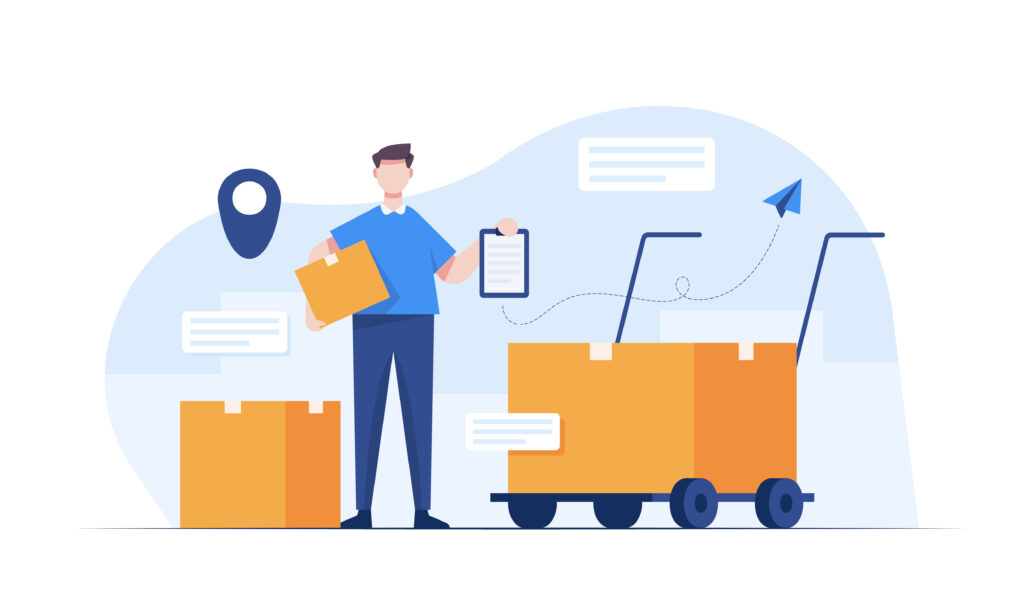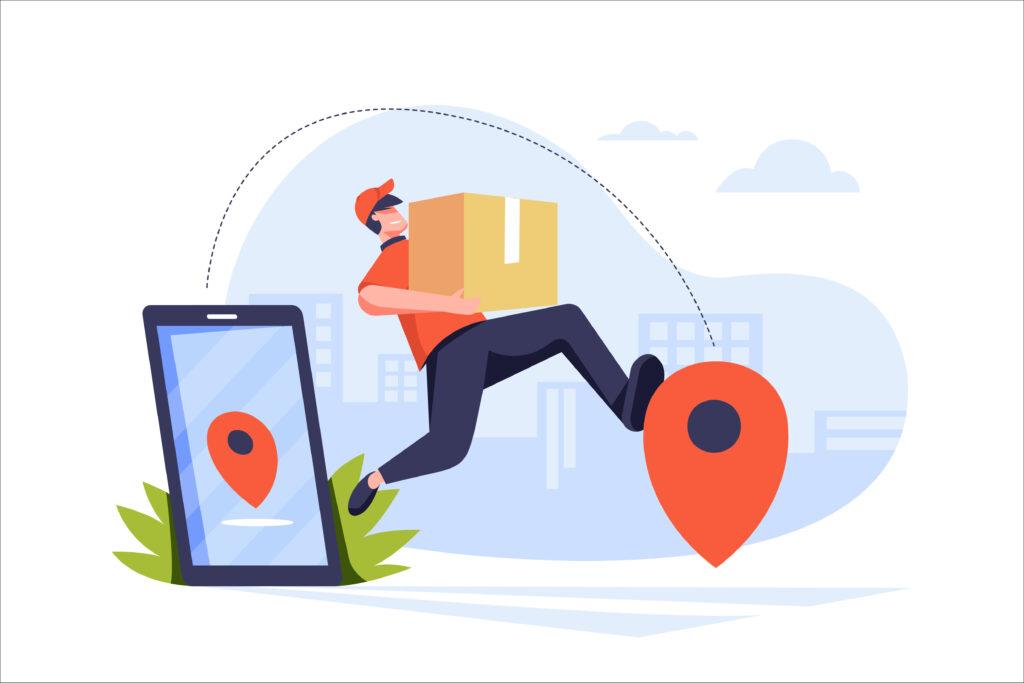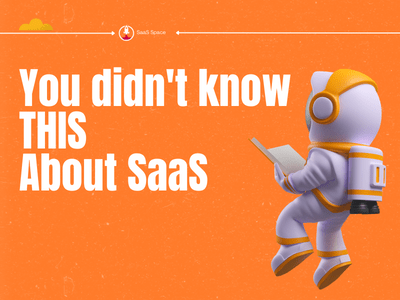Online shoppers rarely watch the clock for more than 48 hours before anxiety sets in. Parcel-status pages, push notifications, and “Where’s my order?” emails have conditioned us to expect near-instant gratification. Brands that hit the doorstep first win repeat business; brands that lag invite a click on the competitor’s ad. In this environment, delivery velocity is no longer a perk—it is the product.
That is exactly why regional carriers, including OnTrac—whose OnTrac parcel tracking page is available through Packyapp—have become secret weapons. Their tight geography and late pickup windows shave an entire day off standard ground service, turning Tuesday promises into Monday surprises. Yet speed without data is a gamble. The modern shipping game is won by companies that couple fast fleets with sharp Software-as-a-Service tooling.

The Data Layer That Changed the Conversation
1. From static scans to living feeds
Legacy dashboards are refreshed once or twice a day. Today’s logistics real-time analytics platforms stream location pings, traffic alerts, and weather shifts in milliseconds. A Phoenix apparel brand watching an OnTrac van snake through rush hour can reroute support staff pre-emptively, defusing “package delayed” tickets before they erupt.
2. Predictive beats reactive
Machine-learning models now forecast dwell time at each stop. If a spike in volume nudges a route over capacity, the system auto-suggests a micro-depot or crowdsourced driver. That foresight is impossible with manual spreadsheets, and quickly becomes the edge that keeps a DHL shipment clocking 98 percent on-time performance.
3. SaaS lowers the entry bar
Two decades ago, only global behemoths could afford custom transportation-management software. Today, a five-person candle studio can subscribe to the same last-mile automation software that Fortune 500 retailers deploy, paying by the package instead of writing seven-figure checks.
How SaaS Analytics Turbocharges Each Mile
Better first-mile decisions
Order-allocation engines weigh carrier history, destination ZIP codes, and promised delivery dates in real time. They might tag OnTrac for a Reno household, USPS for a rural Alaska outpost, and DHL for an overseas collector—optimizing cost and speed simultaneously.
Lean inventory staging
Predictive insights map sales velocity against warehouse locations. If Denver suddenly binge-buys snowboards, inventory is repositioned to Salt Lake City overnight, shortening transit distance before a label even prints.
Smarter exception handling
A weather cell pausing vans in Flagstaff triggers automated SMS updates as well as rerouting suggestions. Customers see transparency; operators see fewer angry chats; profits see smaller refund pools.
Case Snapshot of Regional Carrier, National Impact
A West Coast health-and-beauty startup faced the classic growth pain: coastal shoppers praised two-day delivery, but Midwest buyers saw week-long waits. Switching its western orders to OnTrac via the PackyApp integration cut average transit time by 28 hours and trimmed warranty claims on heat-sensitive goods by 17 percent. Most telling? Post-purchase surveys showed a five-point jump in “likelihood to recommend.” The only operational change was smarter carrier selection informed by logistics SaaS companies specializing in predictive routing.
Why Speed Sits at the Heart of Brand Equity
Consumer trust scales with tracking accuracy
Amazon trained customers to refresh shipment pages like stock tickers. If a United States postal tracking link says “out for delivery,” the parcel had better ring the doorbell that afternoon. SaaS tools that merge scan data with driver GPS grant brands that same credibility, regardless of carrier mix.

Free returns still cost real money
When a dress arrives two days late for the wedding, the shopper sends it back. Faster and more predictable delivery shrinks return rates, protecting margins without touching product quality.
Speed turns single orders into subscriptions
Meal-kit services and vitamin startups live or die on recurring revenue. Subscribers stick around when box number one lands on time, in full, every month. The shipping clock, not the recipe card inside, often determines lifetime value.
The Nuts and Bolts of Implementing Delivery Analytics
Step 1: Unify data sources
Pipe carrier APIs, warehouse management feeds, and customer-support tickets into one lake. Clean, standardized data is the runway for every optimization flight to come.
Step 2: Define the right KPIs
Beyond scan-to-scan speed, monitor “actual vs. promised” variance, first-time delivery success, and courier carbon footprint. Clear targets keep the platform honest.
Step 3: Automate where humans add no value
Address validation, route sequencing, and even label printing can run hands-free. Reserve brainpower for strategic exceptions—launching a seasonal pop-up hub, for example.
Step 4: Iterate weekly, not yearly
Treat shipping like code. Release small tweaks—new cutoff times, alternative pickup points—and watch the metrics. Velocity thrives on feedback cycles, not annual reviews.
Real-World Technology Stack (Illustrative)
| Layer | Purpose | Typical Tool Example |
| Commerce platform | Captures order | Shopify or BigCommerce |
| Order-management system | Splits, allocates, and prioritizes | Brightpearl |
| Delivery-analytics SaaS | Predicts, routes, alerts | Shipium, Project44 |
| Last-mile automation software | Dispatches drivers, proofs of delivery | Onfleet, Bringg |
| Customer-communication engine | Sends branded tracking updates | Klaviyo, Narvar |
(Tool names are industry examples, not endorsements.)
The Competitive Landscape—And Where It’s Heading
Global giants will keep pushing same-day service across megacities, but the next frontier is hyper-local micro-fulfillment. Think refrigerated lockers inside grocery chains, replenished twice daily via e-bikes. In that model, carrier agility and SaaS orchestration merge: the software decides locker slot, bike route, and pickup window in a single calculation.
Meanwhile, regulatory and sustainability pressures will nudge fleets toward electric vans and consolidated drop-points. Analytics already monitor battery range against parcel load; soon, they will factor in carbon credits per neighborhood. Brands that embrace these dashboards early will enjoy both cost savings and the marketing halo of greener logistics.

Trust but Verify—Getting External Validation
Industry analysts agree that the ROI is real. In its 2025 report on digital supply chains, Gartner Supply Chain Top 25 noted that companies deploying predictive delivery analytics cut lead-time variability by up to 30 percent within the first six months. That consistency is what turns expedited shipping from a line-item expense into a customer-experience asset.
The Take-Home Playbook
Start regional. National footprints often mask hidden delays and blind spots. Regional specialists like OnTrac can cover eight western states with turnaround times that rival air service for ground prices, especially when late cut-offs align with after-work shopping spikes. Extend the same logic eastward with neighborhood couriers that know every back alley and gated suburb.
Let data pick the hero per parcel. Stop defaulting everything to one network. Your DHL shipment might dominate trans-Pacific lanes, while a bicycle messenger outperforms vans inside a five-mile urban core. Let the algorithm weigh distance, congestion, and promised delivery speed before awarding the label.
Automate first-mile labeling. A mis-typed ZIP code costs more than any SaaS subscription. Real-time address validation, duty estimation, and customs codes injected at checkout eliminate downstream firefighting—and free your ops team to chase growth, not glitches.
Close the loop in real time. A late scan is a lost opportunity. Proactive alerts to support reps, warehouse leads, and customers create a living feedback loop. Surface issues within minutes, not days, so a single route adjustment can rescue the entire truck’s ETA.
Measure what matters at the door. Track miles saved, minutes shaved, and promises kept. Layer in carbon output, driver utilization, and United State postal tracking exceptions to keep every metric honest. Anything else is vanity dashboard decoration.
Speed Is the New Shelf Space
In the brick-and-mortar era, eye-level shelving decided which cereal won breakfast. Online, the decisive battleground is the front porch. Brands that master SaaS-driven delivery analytics—pairing regional specialists like OnTrac with predictive dashboards—arrive first and leave a lasting impression. The technology is affordable, the playbook is proven, and the customer has already started the stopwatch. The only question is whether your parcels, guided by the right software, can beat it.
- Top 10 Best Sites to Buy Quora Upvotes - September 3, 2025
- How New Technology Is Changing the Face of Customer Support - August 18, 2025
- How SaaS Tools Are Streamlining Contractor Operations - August 14, 2025


